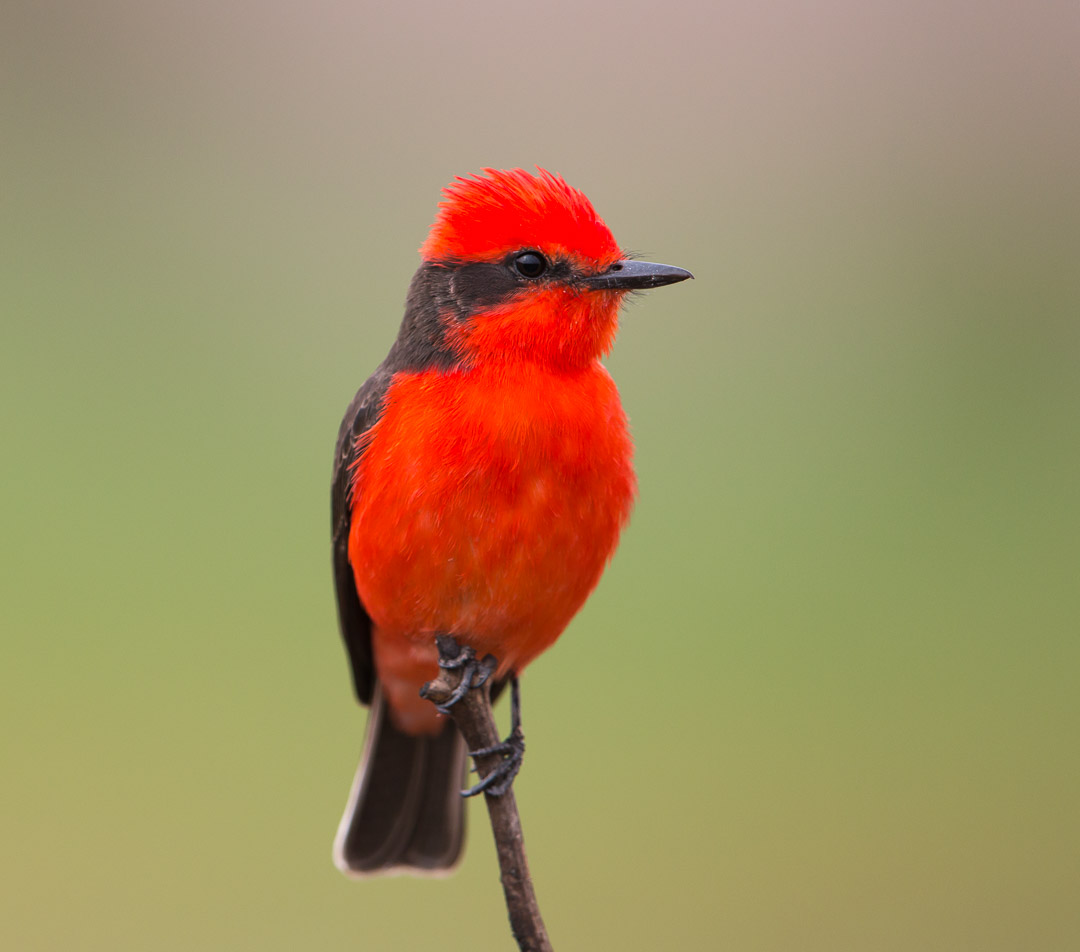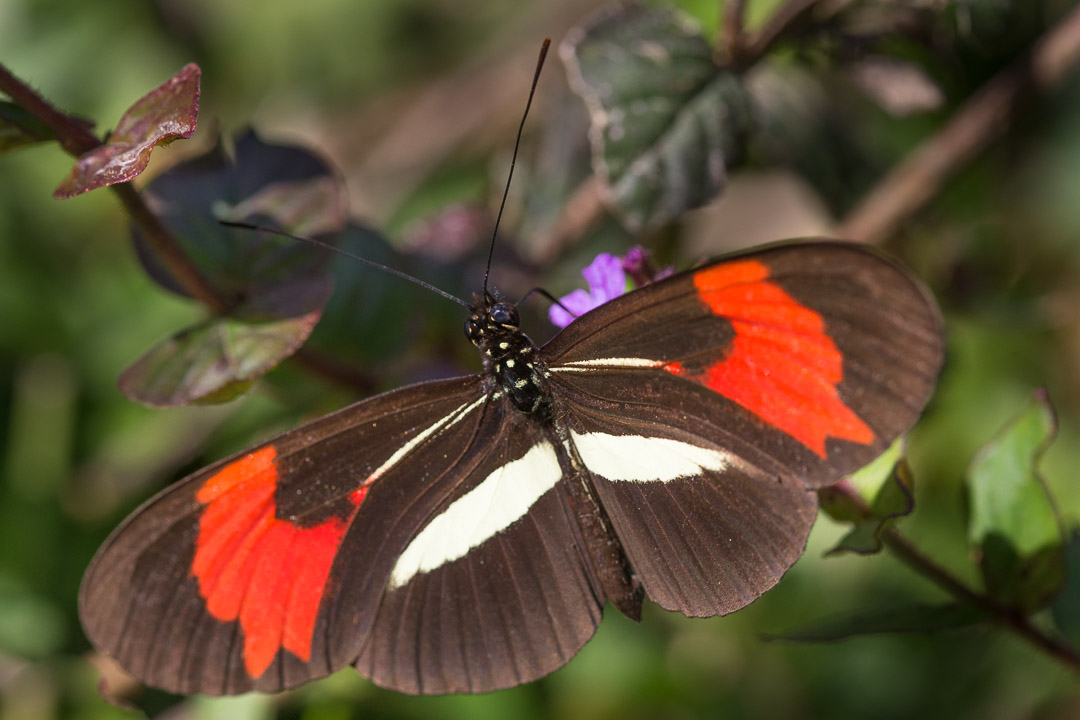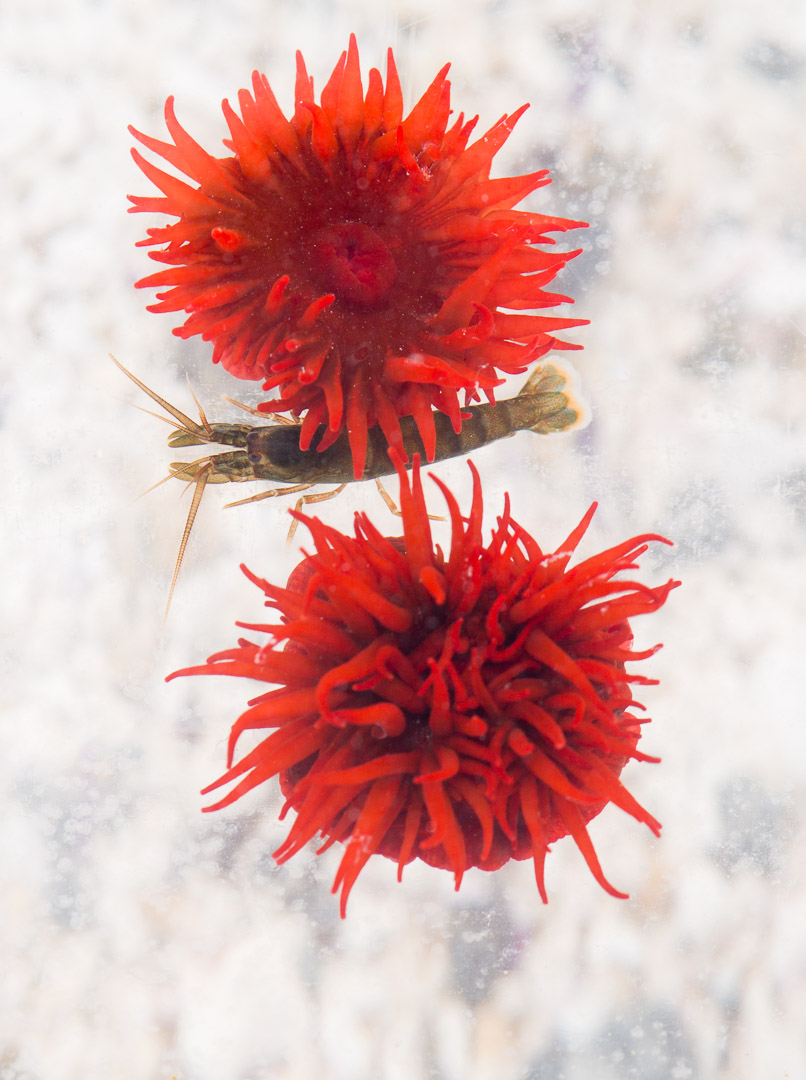I love red, but then I’m a Leo!
Red is often associated with strong negative emotions, to signify violent conflict. “Red in tooth and claw” says Tennyson, in an attempt to draw attention to the callousness of nature. I prefer another use of the phrase, by Richard Dawkins, who uses it to better understand the relentless struggle between species, or the ‘survival of the fittest’.
There is no colour that is more positive, draws more attention or stands out more than red. I love red and I like photographing red things and there are plenty of red animals to photograph in South America.
This is a Vermilion Flycatcher, it’s the most outlandishly red bird I know. It is ridiculously red and it almost hurts to look at it. Why it is red I do not know. What advantage can such a gaudy colour be? We have seen them quite commonly as we travel through South America on our ‘Living Wild in South America’ wildlife photography expeditions.
Vermillion Flycatchers are much sought after for captivity, but once in a cage they lose their brightness and sparkle.
In the darkness of a tropical forest, being green or brown may help you to hide. But to attract a mate the average animal needs to do something brash, something to get noticed and butterflies are very good at doing just that.
This is a type of Heliconius butterfly that we saw in the Alisos National Park, Argentina.
A flash of the wings and this forest butterfly will definitely get noticed and not only by the opposite sex of the same species. It could be noticed by a predator and then red means caution. Many butterflies will eat toxic plants that make them taste bad. So if you know you taste bad you can make the most of it and flaunt yourself.
So RED can mean ‘HERE I AM, COME, I LOVE YOU’ or “STOP, GO AWAY, I TASTE BAD”
Whilst we were camping on the north coast of Chile we were able to photograph some bright red and quite toxic, Sea Anemones. Whilst we were doing so we noticed that small prawns were using the anemones as hiding places. They clearly were not harmed by the long antennae.
The ‘Latin’ nature of Argentinians is often epitomized by either the slinky, sexy Tango dance
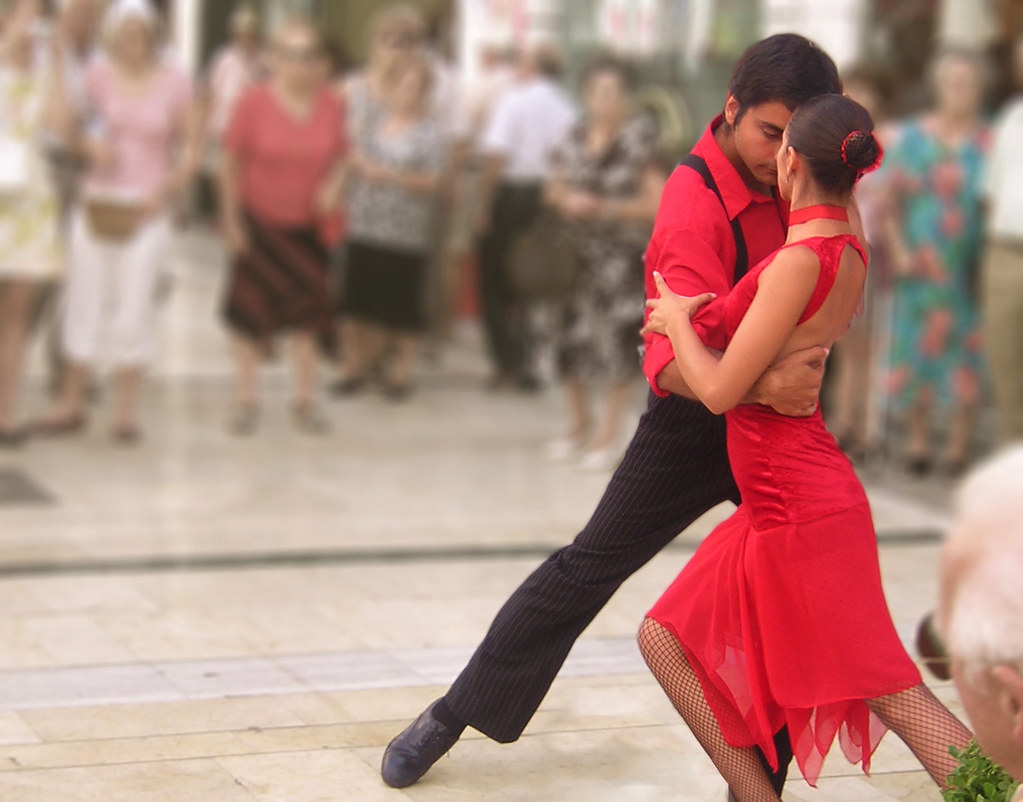
or the wild exuberant Gaucho.
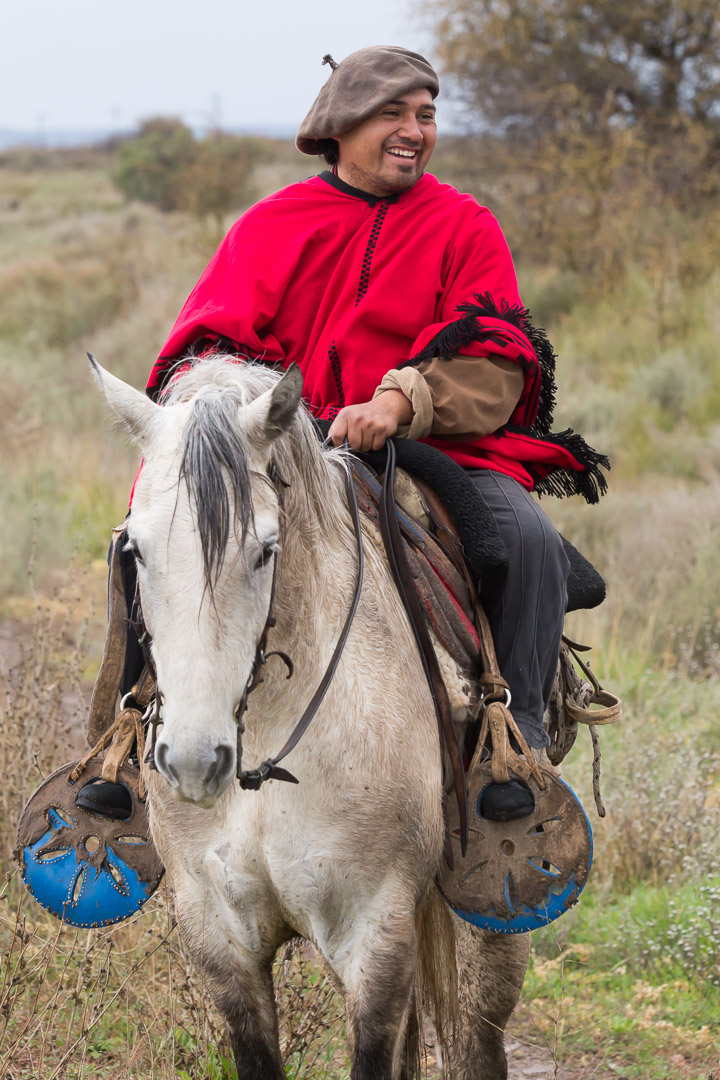
These passionate people are proud, love life and like to be noticed, much like the Vermilion Flycatcher or Heliconius butterfly.
I love red.

